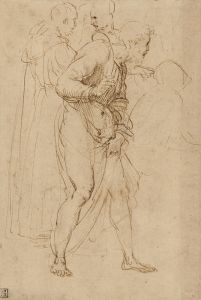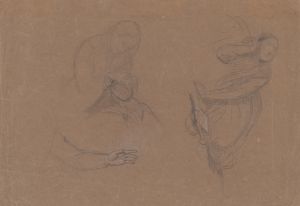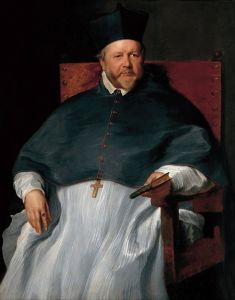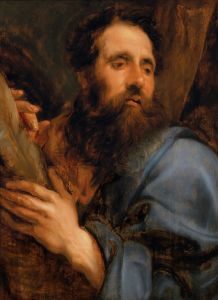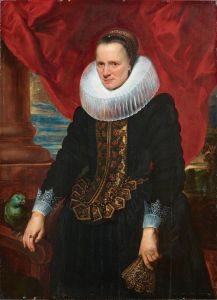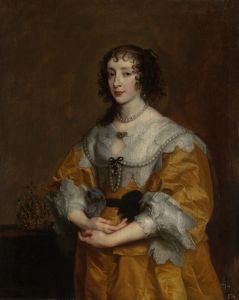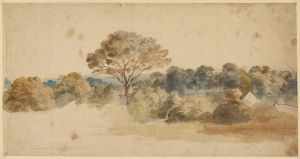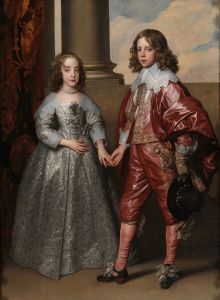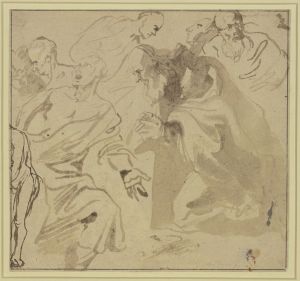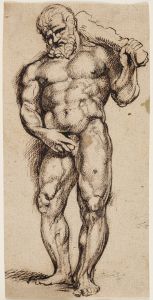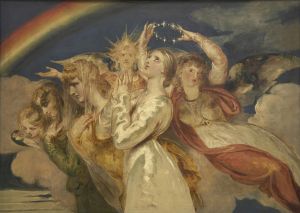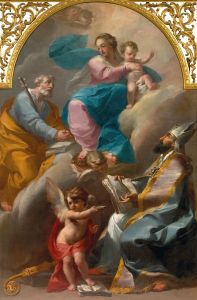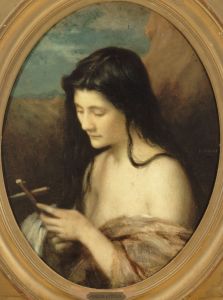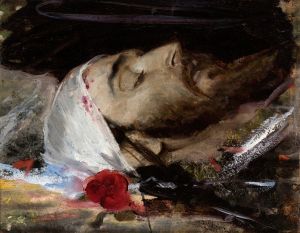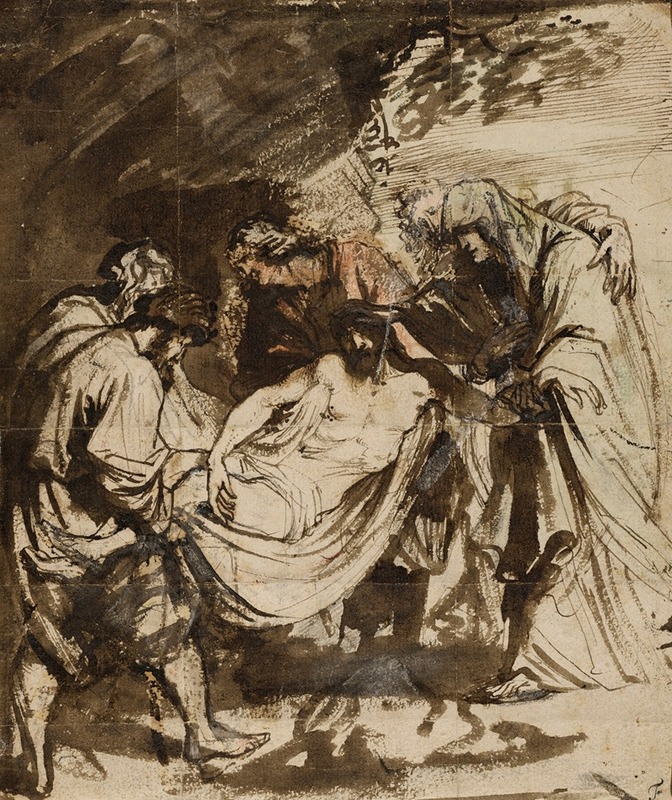
The Entombment
A hand-painted replica of Anthony van Dyck’s masterpiece The Entombment, meticulously crafted by professional artists to capture the true essence of the original. Each piece is created with museum-quality canvas and rare mineral pigments, carefully painted by experienced artists with delicate brushstrokes and rich, layered colors to perfectly recreate the texture of the original artwork. Unlike machine-printed reproductions, this hand-painted version brings the painting to life, infused with the artist’s emotions and skill in every stroke. Whether for personal collection or home decoration, it instantly elevates the artistic atmosphere of any space.
Anthony van Dyck's "The Entombment" is a notable work of art by the renowned Flemish Baroque painter, who was a prominent figure in the 17th century. Van Dyck, a student of Peter Paul Rubens, is celebrated for his portraits and religious compositions, and "The Entombment" is a testament to his skill in depicting biblical scenes with emotional depth and dramatic intensity.
"The Entombment" portrays the somber moment after the crucifixion of Jesus Christ, as his body is prepared for burial. This theme has been a popular subject in Christian art, capturing the sorrow and solemnity of Christ's followers as they lay him to rest. Van Dyck's interpretation of this scene is marked by his ability to convey the emotional weight of the moment through his use of composition, color, and expression.
In the painting, Van Dyck employs a dynamic composition that draws the viewer's eye towards the central figure of Christ. The figures surrounding Christ are depicted with a sense of movement and urgency, reflecting the gravity of the event. Van Dyck's use of chiaroscuro, the contrast between light and dark, enhances the dramatic effect, highlighting the central figures while casting others in shadow. This technique not only adds depth to the painting but also emphasizes the spiritual significance of the scene.
The figures in "The Entombment" are rendered with Van Dyck's characteristic attention to detail and realism. The expressions on the faces of Christ's followers convey a range of emotions, from grief and despair to reverence and devotion. This emotional complexity is a hallmark of Van Dyck's work, demonstrating his ability to capture the human experience in moments of profound significance.
Van Dyck's palette in "The Entombment" is subdued, with earthy tones and muted colors that reflect the somber mood of the scene. This choice of color palette serves to underscore the painting's emotional impact, drawing the viewer into the narrative and inviting contemplation of the events depicted.
"The Entombment" is an example of Van Dyck's mastery of religious themes, showcasing his ability to blend technical skill with emotional resonance. His work on this painting reflects the influence of his mentor, Rubens, while also demonstrating his unique artistic voice. Van Dyck's contribution to the Baroque movement is evident in his dynamic compositions and his focus on the emotional and spiritual aspects of his subjects.
Today, "The Entombment" is recognized as an important work in Van Dyck's oeuvre, illustrating his talent for capturing the essence of biblical narratives. The painting continues to be studied and admired for its artistic and historical significance, offering insight into the religious and cultural context of the 17th century.
In summary, Anthony van Dyck's "The Entombment" is a powerful depiction of a pivotal moment in Christian theology, rendered with the artist's signature style and emotional depth. It remains a significant piece within the canon of Baroque religious art, reflecting Van Dyck's enduring legacy as one of the period's most influential painters.





